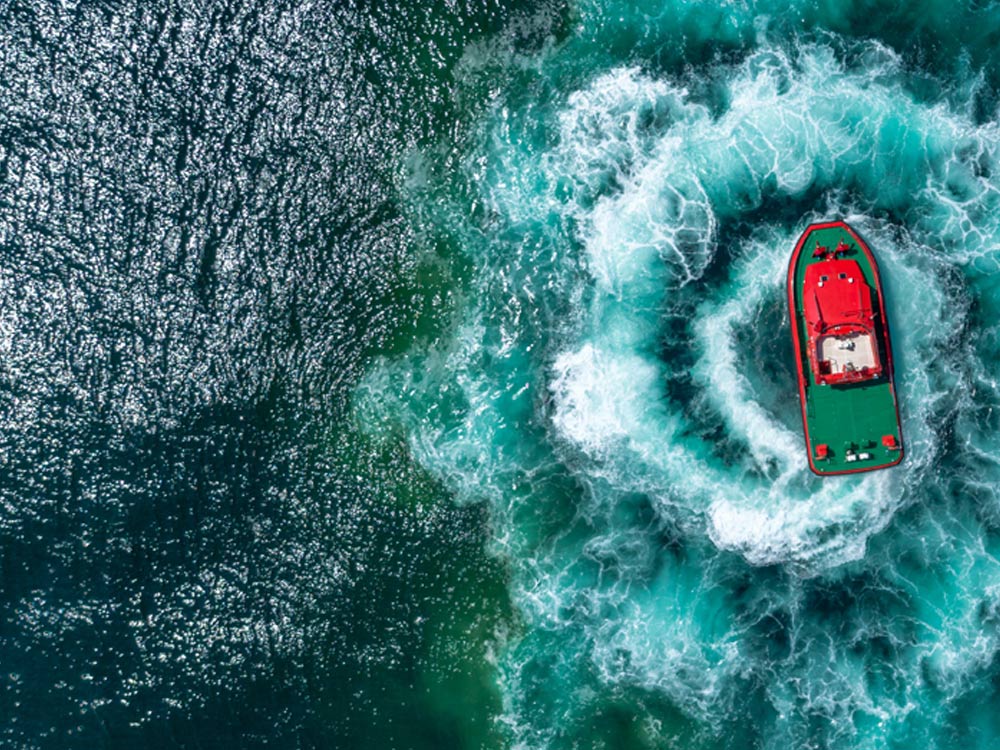
When mapping or scanning an area with a remote sensor—such as a digital camera, a LiDAR scanner, or a bathymetric sonar—that is rigidly attached to a mobile platform, it is essential to know with high accuracy and precision not just the platform’s position but also its attitude, which determines where the sensor is pointing. For mobile mapping, positioning data is collected by a global navigation satellite system (GNSS) receiver, often augmented by a correction service, while attitude data is collected by an inertial navigation system (INS), which integrates data from one or more inertial measurement units (IMUs).
While all mobile platforms theoretically have six degrees of motion, the actual number in a practical sense depends on the platform. If it is a vehicle on a road, it may be reasonable to assume that the sensor will always remain at a fixed vertical distance from the road surface (plus or minus the movement of the vehicle’s shock absorbers) and that the vehicle will experience no yawing (rotation around the vertical axis) and negligible pitching (rotation around the transverse axis) and rolling (rotation around the longitudinal axis). If the platform is an aircraft, however, it is constantly subject to pitch, roll, and yaw. If it is a marine vessel, wave action also causes heaving (linear motion along the vertical Z-axis), swaying (linear motion along the transverse Y-axis), and surging (linear motion along the longitudinal X-axis).
These motions of a vessel—which can range from barely perceptible to extreme, depending on sea conditions—pose a constant challenge for hydrographic surveyors. While high-resolution, dual-frequency, multi-beam echo sounders can achieve a depth resolution of millimeters in shallow water, this requires compensating with very high accuracy for those motions, because even very small errors in the attitude calculation will generate large errors in the measurement of the distance between the sonar head and the bottom of the body of water.
To further develop its long-standing support for hydrographic surveyors, Applanix introduced three products to its marine georeferencing and motion compensation portfolio in 2015, which integrate Trimble GNSS technology with Applanix inertial technology: the entry-level POS MV SurfMaster, the POS MV WaveMaster II, and the POS MV OceanMaster now accompany Applanix’ gold-standard POS MV Elite, for when only the highest degree of accuracy will suffice. POS stands for positioning and orientation system, and MV stands for marine vessel.
All POS MV models are designed for use with multibeam sonar systems, enabling adherence to IHO (International Hydrographic Survey) standards on sonar swath widths of greater than ± 75 degrees under all dynamic conditions. The entry-level POS MV SurfMaster delivers robust georeferencing for small platforms, both manned and unmanned. It is available both with a remote IMU and in single-enclosure form factor. Fully supported by Applanix’ industry leading post processing software, POSPac MMS, SurfMaster delivers roll and pitch accuracy to 0.03 degrees. Wavemaster II and OceanMaster are designed for increasingly difficult conditions and performance requirements. The POS MV Elite is for users seeking the very highest level of performance available to the industry.
Utilizing the POSPac suite to post-process data, hydrographic surveyors have been able to meet requirements of navigational charting and engineering-level survey even where they lost GNSS data when transiting beneath bridges and other structures.
Conducting a Marine Mapping or Surveying Project?
Easily compare all of Applanix' hydrographic applications, from Position and Orientation technology to post-processing solutions.